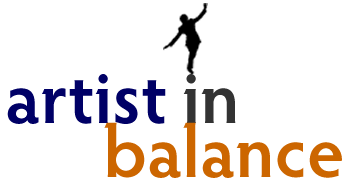Control Tower
When we are directing our attention while playing an instrument we often use more tension than we need. Actually, it is a navigation issue, as we not only steer our arms and fingers in the direction of the instrument, but we also tend to throw in the postural structures along with it. We activate and shorten the head neck and back in the direction of what we are doing with our hands. This only contracts and stiffens us from top to toe, which we tend to only notice if our technique feels stiff, or if we get discomfort or pain somewhere. Its no use thinking of sitting up straighter, as this only adds more tension to the mix!
Training the brain to sort out what is needed to play, and what is not needed, teaching the brain to separate the postural structures form the moving parts, can clear up a lot of underground tension, improving playing technique.
We need to use our navigation brain to do this! Think of your head as containing the control tower that steers the rest. Your inner ear, your neck joints, your neck muscles, your eyes and ears are all up there steering you through life. If you lock all your attention down into the instrument, then you lose the lovely poise and ease that you need for your arms and fingers to move freely.
Here is an example of the Control Tower way of working:
Drums:
Drummers tend to lock their attention down as they hit downwards.
This locks the neck, back and legs which stiffens the arms.
Their attention is all in the tip of the sticks. Time to widen the place you are living and playing in.
1. Touch the tips of your sticks to either side of your head, at eye level. You will find that you are pointing to the small indentation either side of the eye sockets that we tend to rub when we feel a headache coming on. You are now pointing to the control tower! The centre of proprioception or navigation. Central control!
2. Keeping one stick pointing to the head, let the other one travel slowly away from your head and continue down and AWAY from central control. Don’t let your head and eyes go down with the tip of the stick! Now bring it back up to central control and send the tip of the other stick away form your head. It may feel as if the stick goes much further down that you usually experience it before it touches the drum. That is a good sign that you are re-programming the navigation system to take the control tower as its central point of navigation.
To take this in to striking the drum you can begin with both stick pointing to the side of your head, and then release one stick down and away from your head. One student found that this worked best if he shouted “Away” just before he send the stick away and towards the drum.
Do this re-set of your navigation several times a day for a few minutes, and then don’t worry about it the rest of the time. Soon you wil notice that you will catch yourself hitting away, and feeling the freedom of it, almost by accident at other times! Remember you are creating new drum-playing patterns in your mind, so it feels foreign at first, and then becomes part of how you play. The ear you might feel comes from the fact that you are no longer contracting all the postural muscles every time you hit the drum.
For other instruments, we will write further. It comes down to knowing where your control tower is, and not bringing it down to the point of action where your hands are.
